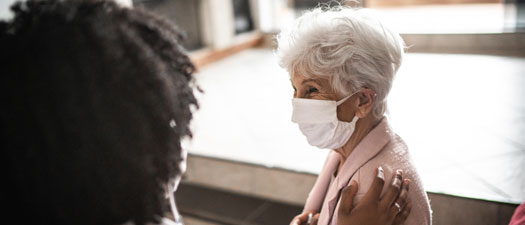Acupuncture
——
Acupuncture is endorsed by the World Health Organization and the National Institutes of Health.
Acupuncture is a type of complementary medicine. It involves inserting very fine needles into specific acupoints on the body. The needles are then activated by hand or low-dose electrical current. This helps rebalance the flow of energy in the body.
Acupuncture has been practiced in China and other Asian countries for thousands of years. It is the oldest medical system in practice today. It was introduced in the United States in the 1970s.
Conditions treated
The World Health Organization recognizes acupuncture as a treatment for more than 43 common disorders. These include:
- Anxiety
- Arthritis of the large and small joints
- Breech presentation (when a baby is positioned to come out bottom first at birth)
- Bursitis (painful swelling of the joints)
- Carpal tunnel syndrome (numbness or weakness in the hands and arms)
- Chronic sinusitis (long-term swelling in the sinuses)
- Dequervian’s tenosynovitis (a painful condition that affects the tendons in the wrist)
- Fibromyalgia (widespread muscle pain and tenderness)
- Headache pain
- Inability to get pregnant
- Inducing labor
- Low- and mid-back pain
- Menstrual pain and problems
- Migraine
- Morning sickness
- Muscle tension
- Neck pain
- Neuropathy (weakness, numbness and pain caused by nerve damage)
- Repetitive stress injuries (pain and damage caused by overuse)
- Sciatica (nerve pain in a leg caused by the sciatic nerve in the lower back)
- Sports injuries
- Sprains and strains
- Stress
- Tendonitis (pain or irritation of a tendon, like tennis or golfer’s elbow)
The therapists, physicians and surgeons in these areas work closely together to provide complete, coordinated care.
FAQ
Below are common questions our patients ask about acupuncture.
-
OR
-
OR
-
OR
-
OR
-
OR
-
OR
Contact us
To schedule an appointment or for more information, call Diana Ferdaña, ARNP, RN, EAMP, at 1-206-860-5470.
Complete musculoskeletal care
Acupuncture is part of a larger musculoskeletal program at The Polyclinic that also includes:
Helpful links
Helpful resources
——

Health and wellness
Looking for ways to feel your best? Check out our wellness library and community events.


